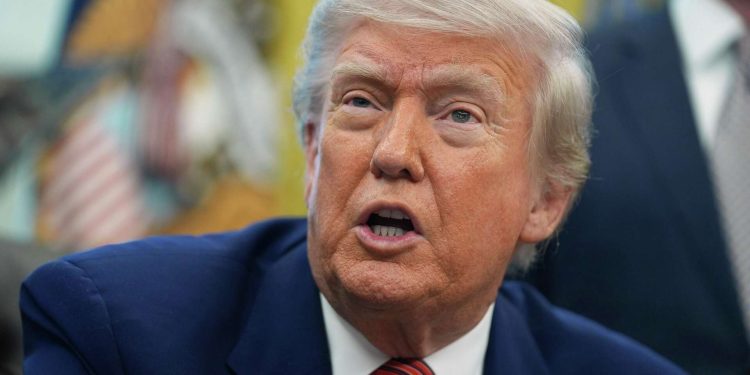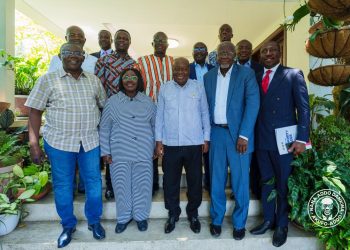Exports from Ghana to the United States will soon face a 15% ad valorem tariffs following an executive order issued by U.S. President Donald Trump on July 31. 2025.
The measure is part of a broader initiative by the U.S. government to confront what it calls a national emergency stemming from persistent trade imbalances and chronic deficits.
The new tariff, which will take effect seven days from the date of the order, applies to all Ghanaian goods entering the U.S. It forms part of sweeping trade actions targeting dozens of countries deemed to have misaligned trade practices relative to American interests.
Ghana now joins a list of trading partners the U.S. considers insufficiently cooperative in aligning tariffs and trade policies with those of the United States.
According to the executive order, the purpose of the tariff is to ensure reciprocity in trade, safeguard American manufacturing, and bolster national security.
The U.S. claims that the trade practices of several nations — Ghana included — contribute to its longstanding trade deficits. Other African nations affected by similar tariff hikes include Nigeria, Kenya, and South Africa.
This development represents a significant shift in trade relations between Ghana and the U.S., with potential consequences for Ghanaian exporters, particularly in agriculture, textiles, and processed foods.
As of now, neither the Ghana Export Promotion Authority (GEPA) nor the Ministry of Trade and Industry has issued a formal response to the policy.
The decision comes despite Ghana’s strong diplomatic ties with Washington and its status as one of the U.S.’s most stable and reliable partners in West Africa.
Trade analysts warn that the tariff could remain in place indefinitely unless Ghana enters into new bilateral negotiations to satisfy U.S. expectations on trade reciprocity and national security alignment.
The executive order also warns that any attempt by listed countries to bypass the tariffs through third-party transshipments could trigger penalties of up to 40%.
The U.S. Trade Representative’s Office will oversee enforcement and monitor compliance, with progress reports expected every six months.











